17 Essential Slow Life Self-Care Practices
I don’t know about you, but I’m feeling pretty overwhelmed. I wanted to slow down this year—focus on what matters, and be present with the people I love—but keeping up with the news (and, well, just living in America right now) isn’t exactly helping with that slow life intention. Still, balance is necessary, and I think we all need to find it.
On average, Americans spend 7 hours a day on screens, and anxiety and burnout are on the rise. A slow lifestyle isn’t just about moving at a different pace—it’s about being intentional with our time, making space for real rest, and stepping away from constant digital noise.
This guide dives into self-care practices that actually support mental health. Not just spa days and face masks (though, no shame—I love a good self care Sunday), but deeper ways to reconnect, reset, and build a life that feels good. Because if the world isn’t slowing down, we have to find ways to do it for ourselves.

What is the Slow Life Movement All About?
The slow life movement is a philosophy that encourages living more intentionally, mindfully, and sustainably by slowing down and focusing on quality over speed or quantity. It’s about resisting the pressure of hustle culture, consumerism, and constant busyness, instead prioritizing well-being, meaningful connections, and a balanced lifestyle.
It stems from the broader slow movement, which began with the slow food movement in Italy in the 1980s as a response to the rise of fast food and industrialized, quick, processed foods. Over time, this mindset expanded into other areas like slow living, slow fashion, slow travel, slow work, and something I am particularly interested in, slow home decor.
At its core, the slow life movement emphasizes:
- Intentional living – Making conscious choices rather than rushing through life on autopilot.
- Sustainability – Reducing waste, embracing minimalism, and supporting ethical consumption.
- Mindfulness – Being present in everyday moments, whether through meditation, nature walks, or savoring a meal.
- Work-life balance – Prioritizing rest, hobbies, and relationships over constant productivity.
- Connection to nature – Spending more time outdoors and appreciating natural rhythms.
- Relationship to history – preserving, restoring, and remembering traditional approaches and styles.
It’s not about doing everything slowly, but rather about focusing on what truly matters and avoiding the unnecessary rush.
Making Space for the Slow Life
With so many of us spending so much of our time on screens, more and more people are feeling stressed and anxious. The slow life approach offers a deliberate shift away from this constant connectivity. This guide explores concrete self-care practices that support mental health through mindful living and intentional rest.
These self-care practices help establish a slow life rhythm that prioritizes mental health over surface-level wellness routines. Whether you’re new to slow life concepts or looking to deepen your practice, these mindful approaches will help you create sustainable change.
1. Design a Meaningful Slow Life Self-Care Ritual
Instead of chasing quick fixes, focus on building a self-care practice that genuinely nourishes you. This could be anything from meditation, prayer, reading, or drawing to walking or simply taking intentional moments to rest. The key is to choose practices that resonate with you and make them a consistent part of your day. Even starting with just five minutes of reflection or meditation each morning can help create a meaningful ritual that supports your emotional and spiritual well-being.
One way to do this is by setting personal goals and establishing morning and evening routines filled with activities that keep you grounded and fulfilled. Personally, I’m not naturally great at this, but I’ve found that accountability tracking helps. This year, I’m using a bullet journal to write out my goals and track my progress. Since I’m not a perfectionist, it keeps me accountable without adding unnecessary pressure. The key is to know yourself and find a system of routines and rituals that actually work for you. A great starting point? Build a morning and evening routine that feels intentional and sustainable.
Create a Slow Life Morning Ritual
Create a morning practice that aligns with slow living by incorporating meditation, prayer, or intentional rest. Start with just 5-10 minutes of reflection or stillness, gradually building a routine that feels sustainable.
To stay grounded throughout the day, begin with a few simple rituals. I recommend starting small—just 1-3 activities—so your routine feels doable rather than overwhelming. I like to list my ideal morning practices and then focus on the three most important ones. Whatever you choose, make sure it helps you slow down, breathe, and feel present.
Rest and Charge with a Slow Life Evening Ritual
Create an evening practice that fosters peace and encourages rest. This could be as simple as sipping hot tea, reading, journaling, drawing, or having a meaningful conversation. Start with one or two small rituals and build from there.
Setting small, attainable goals is key—each success triggers feel-good brain chemicals, reinforcing the habit and boosting confidence. Over time, this makes it easier to take on bigger goals. Begin with what feels natural and enjoyable, allowing your routine to evolve in a way that truly supports your well-being.
2. Embrace Mindful Simplicity
Take inspiration from the Danish concept of hygge—finding contentment in life’s simple pleasures. This concept is typically thought of as an interior design concept in the States, or at least, that is how I heard of it. But it goes beyond creating cozy spaces; it’s about intentionally disconnecting from life’s chaos to enjoy meaningful conversations and present-moment awareness.
Take inspiration from minimalist living by identifying and removing unnecessary commitments and possessions. Create space for meaningful conversations and present-moment awareness. Begin by examining your daily routine for activities that drain rather than sustain you.
Start by identifying areas where you can simplify your daily routine, whether that’s decluttering your space or limiting digital distractions. Use this decluttering guide to create a space that invites rest.
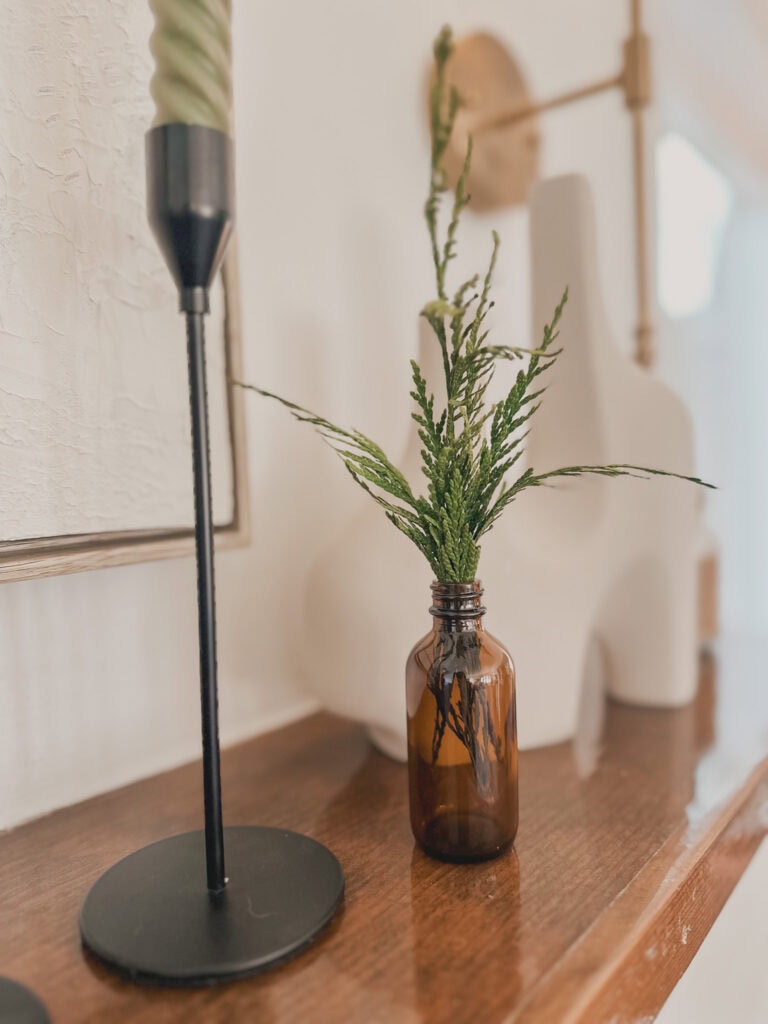
3. Prioritize Restorative Sleep
Quality sleep forms the foundation of slow life practices. Create an evening routine by limiting screen time, reading physical books, or practicing gentle stretches before bed. Transform your bedroom into a quiet space with comfortable bedding and minimal distractions.
4. Cultivate Daily Stillness To Create a Slow Life
In a world of constant motion, commotion, and distraction, deliberately creating periods of stillness can really be transformative. Whether through a quick guided meditation (you can get a meditation app to remove the guesswork), breathwork, or simply sitting in silence, these moments of pause allow you to step away from external noise and reconnect with yourself. Start with 1 minute here and there, and increase the amount of time when and if you can, gradually increasing the duration as it becomes more comfortable.
One of my favorite practices for both general well-being and managing anxiety is completing a 5 sense meditation. The basic idea is that you breathe deeply, outside if possible, while you count down from five, naming a number of sensations you can perceive via each of your five senses. Five things you can see, four things you can hear, three things you can smell, two things you can feel, and one thing you can taste.
I didn’t come up with the idea, but I wanted to share it so I made this printable PDF. Click below to download.
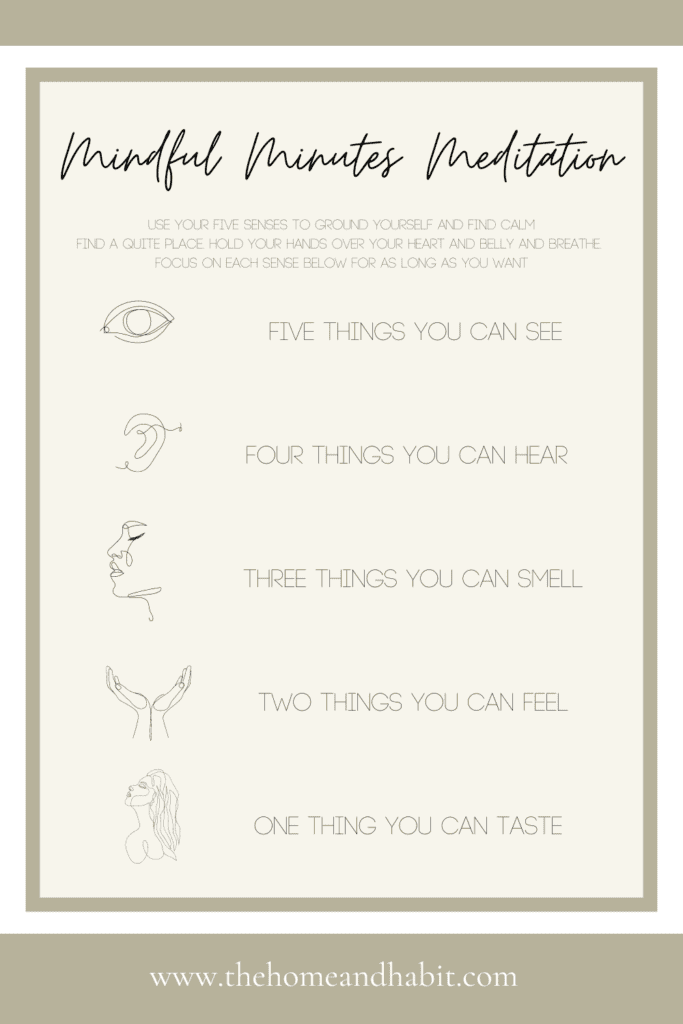
5. Practice Mindful Nourishment
Shift your perspective on food by treating meals as a chance to slow down and be present. Focus on whole, seasonal ingredients, and take the time to prepare and enjoy your meals without distractions. Deepen your connection to your food by growing fresh herbs or exploring local farmers’ markets.
6. Maintain a Reflection Journal
Journaling and meditation help develop the ability to step back and observe thoughts rather than being controlled by them. This shift in perspective can reduce stress, increase clarity, and foster a sense of calm.
In Eastern traditions, this is known as the “witnessing mind,” a practice of detaching from thoughts and emotions to cultivate inner peace. In Western psychology, particularly in Cognitive Behavioral Therapy (CBT), a similar concept is called cognitive diffusion—learning to see thoughts as passing mental events rather than absolute truths. Both approaches emphasize shifting focus from what you’re thinking to the process of thinking itself, creating space for greater self-awareness and emotional balance.
To incorporate this into daily life, try journaling as a tool for reflection. Write freely about your experiences, emotions, and observations, using prompts like “What brought me peace today?”, “What thoughts have been occupying my mind?”, or “I’m having the thought that…”
7. Prioritize Natural Light and Movement
Natural light plays a crucial role in regulating your body’s rhythms and enhancing mood. Prioritize time outdoors each day—whether through mindful walks, gardening, or simply sitting in nature.
Movement can also be a form of mindfulness. Gentle practices like stretching, yoga, or tai chi encourage physical awareness and deepen your connection to the present moment. These simple rituals help create a sense of balance and well-being.
8. Create Digital Boundaries for a Slow Life
Establish healthy relationships with technology by setting clear boundaries. Designate specific times for checking emails and social media, and create tech-free zones in your home. Use this reclaimed time for activities that nurture your spirit, like reading, creating art, or engaging in meaningful conversations.
9. Practice Physical Self-Care Rituals
I love a face mask, a hot bath, and a manicure as much as anyone, but it’s frustrating that these are marketed as the pinnacle of self-care for women—especially when so much of it ties back to rigid beauty standards shaped by the male gaze. True self-care isn’t about meeting an external ideal; it’s about caring for yourself in a way that feels nourishing and authentic.
If you want to align personal care with the slow life mentality, keep it simple. Use natural ingredients, focus on how it makes you feel, and do it because you enjoy it—not because you feel obligated. A warm bath with essential oils can be a meditation, and applying body oil can become an act of self-appreciation. Shift the focus from appearance to sensation, using these moments to reconnect with yourself and express gratitude for your body.
10. Deepen Spiritual or Community Connections
Whether through religious traditions, energy work, or secular mindfulness, nurturing your spiritual life can bring a deep sense of peace and purpose. If spirituality doesn’t resonate with you, focus on building connections within your community—join local groups, reconnect with old friends, or attend social and community events.
Whatever path feels right, seek practices that help you feel part of something greater than yourself. This might mean meditation, prayer, time in nature, or simply fostering meaningful relationships. The goal is to cultivate a sense of belonging and connection in a way that aligns with your values.
11. Connect with Nature
Spending time in nature is essential for mental and physical well-being. Make a habit of observing natural cycles and rhythms, whether through watching sunrise and sunset, tending to plants, or simply cloud-watching. This connection can help ground you in the present moment and provide perspective.
Make time for regular outdoor experiences. Observe natural cycles through sunrise walks, plant care, or cloud watching. These moments provide natural opportunities for mindfulness.

12. Practice Mindful Hydration
At the most basic level, our bodies need hydration to function, yet we often neglect it—especially during stressful times—leading to increased anxiety and tension. Dehydration can heighten stress, making it harder to embrace a slower, more intentional way of living.
Support your well-being by staying hydrated in a way that feels enjoyable and sustainable. Use a water bottle you love, track your intake, incorporate herbal teas, or add fresh flavors like lemon, mint, or cucumber to water.
13. Incorporate Breath Awareness
Your breath is a powerful tool for managing stress and staying present. Learn simple breathing techniques like box breathing or alternate nostril breathing, and practice them throughout the day, especially during moments of tension.
Learn breathing techniques for managing stress and maintaining presence. Simple practices like box breathing or alternate nostril breathing can be used throughout the day.
14. Schedule Regular Digital Detoxes
Plan regular breaks from digital devices—whether it’s one day a week or one weekend a month. Use this time to reconnect with analog pleasures like reading physical books, writing letters, or engaging in face-to-face conversations.
15. Cultivate Active Gratitude
Develop a regular gratitude practice that goes beyond simply listing things you’re thankful for. Really feel into your appreciation and consider how you can express gratitude through actions. This might include writing thoughtful notes to loved ones or performing small acts of kindness.
Notice and acknowledge positive moments as they occur. This will not only make the person being thanked happy, according to research, but it will also make you feel happier too!
“Gratitude is strongly and consistently associated with greater happiness. Gratitude helps people feel more positive emotions, relish good experiences, improve their health, deal with adversity, and build strong relationships”.
So for both of us, thank you for taking the time to read this article.
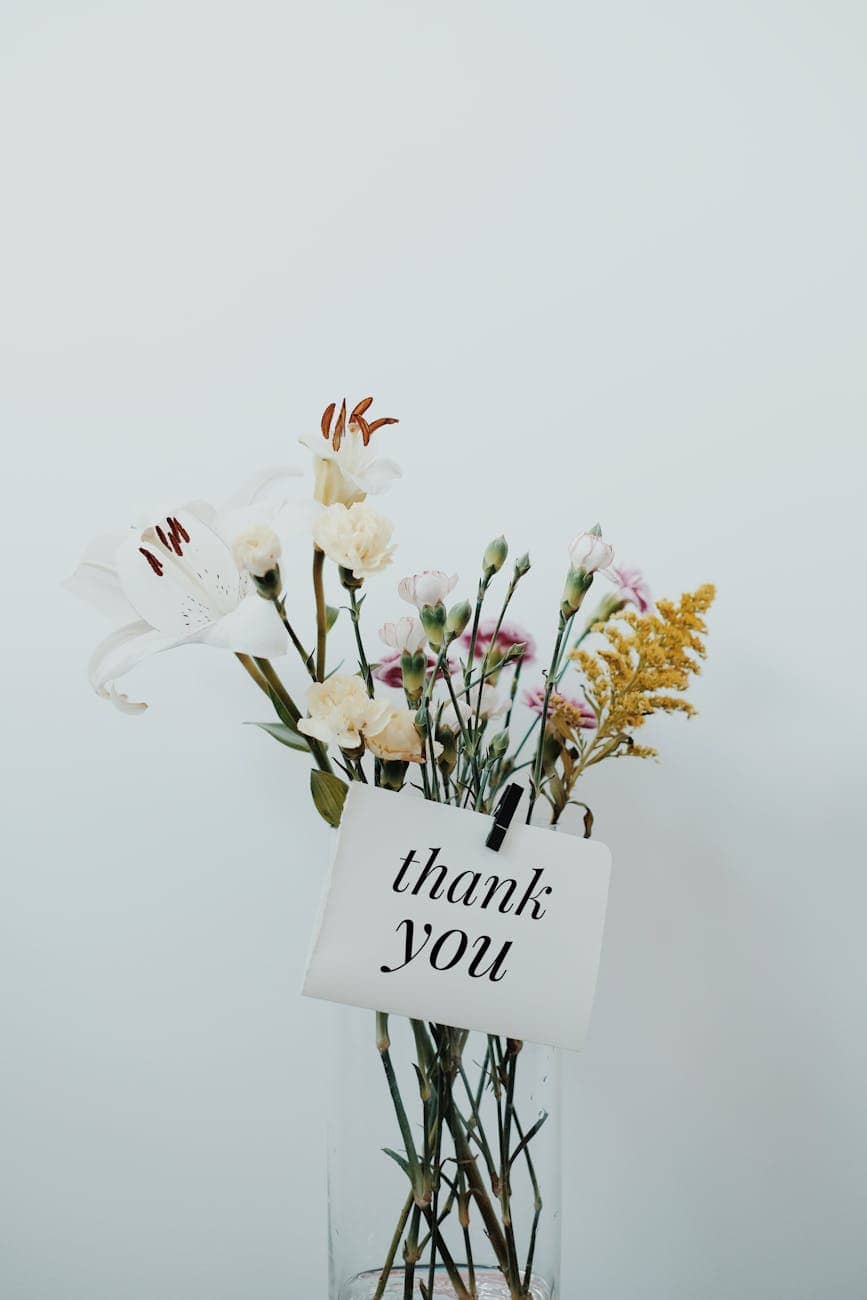
16. Build or Nurture Community
As we’ve grown older—or since COVID—many of us have drifted from our friend groups and communities. Yet connection is a vital part of well-being.
Nurture relationships that align with a slower, more intentional lifestyle by sharing meals, joining or starting a walking group, or engaging in community service. Prioritize meaningful conversations and authentic connections, whether in person or online if accessibility is a concern.
Consider setting up a standing monthly dinner with friends or family, organizing a weekend walking club at a local park, or hosting a regular game night. While self-care is often seen as a solitary practice, strong relationships are just as essential to a balanced, fulfilling life.
17. Set Intentional Rhythms to Maintain Your Slow Life
Rather than setting rigid goals, focus on creating sustainable rhythms in your life. Pay attention to your natural energy cycles and organize your days accordingly. Allow space for rest, creativity, and spontaneity while maintaining a gentle structure through simple routines.
Life will try to creep back in and get you back the frenetic, constant information deluge, side hustle, grind culture, lifestyle so you have to regularly check in and maintain your world to keep it slow.
Embracing the Slow Life
The journey toward a slower, more mindful life is deeply personal and evolves with time. These self-care practices aren’t about adding more to your to-do list—they’re invitations to slow down, tune in, and live more intentionally. Start small, choosing one or two practices that resonate most strongly with you, and allow your approach to self-care to evolve naturally.
Embracing a slower lifestyle isn’t about perfection; it’s about creating space for what truly matters. As you incorporate these practices into your daily life, you may find that the simple act of slowing down brings unexpected gifts of clarity, peace, and a deeper connection to yourself and others.
Wishing you slower days ahead.

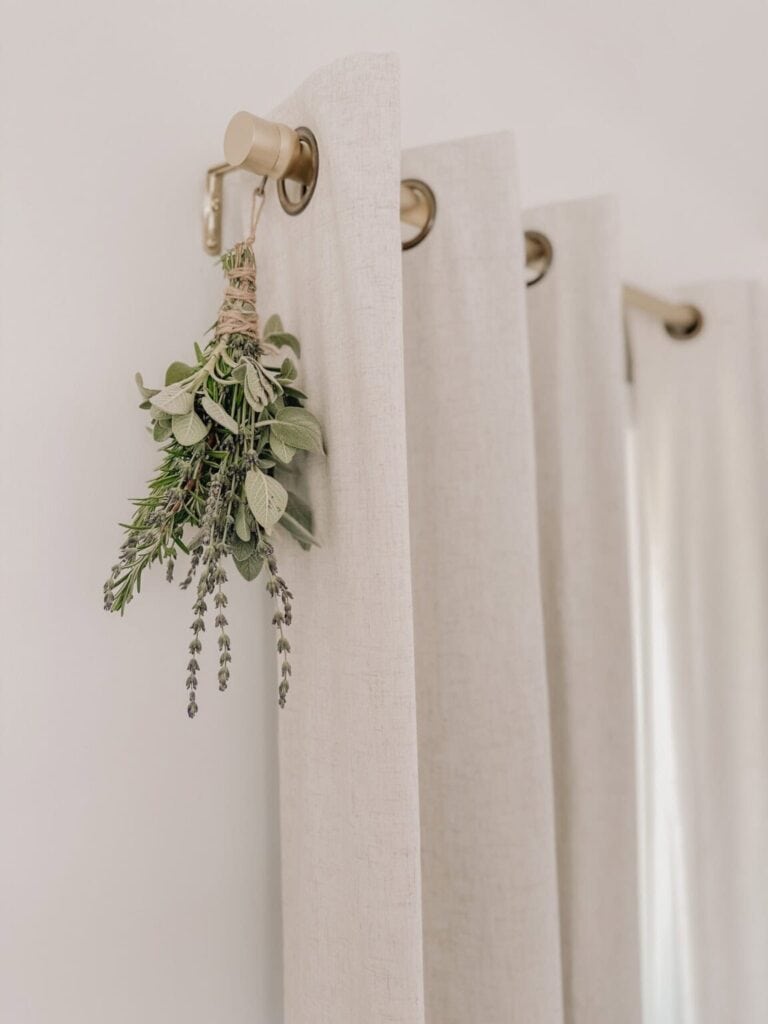


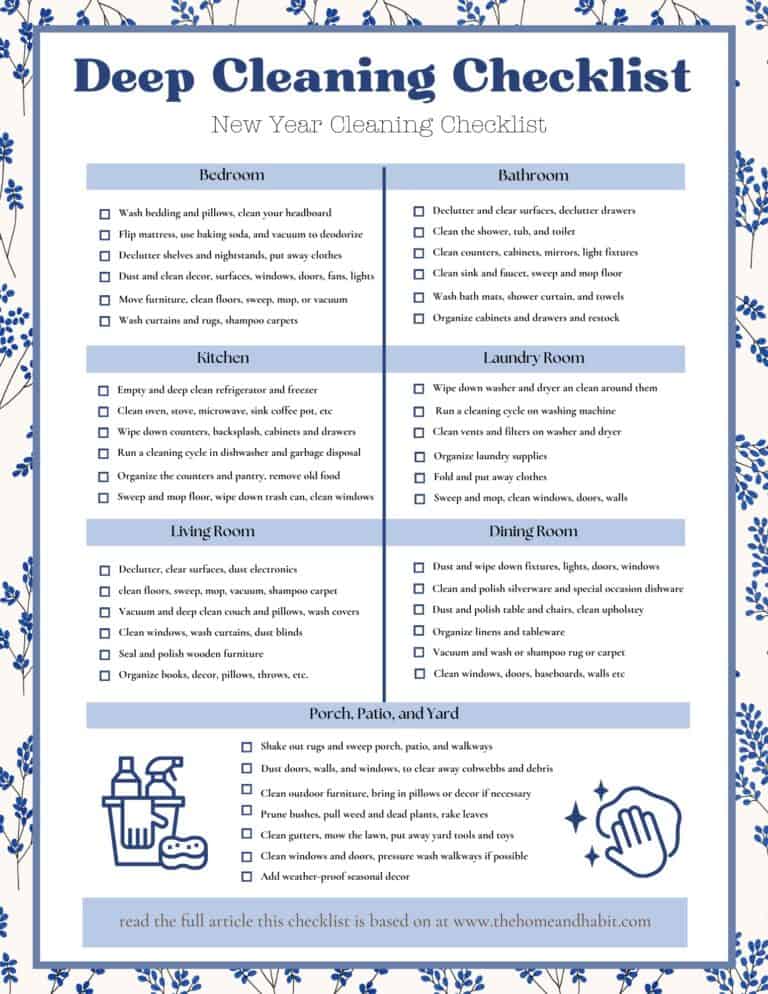
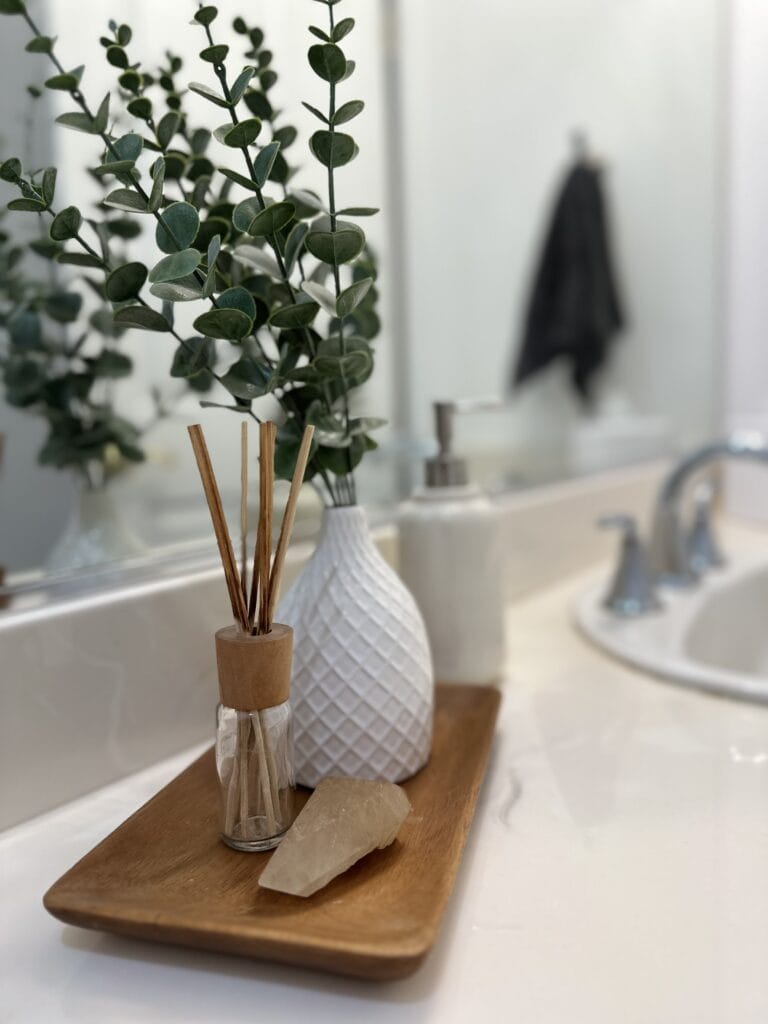
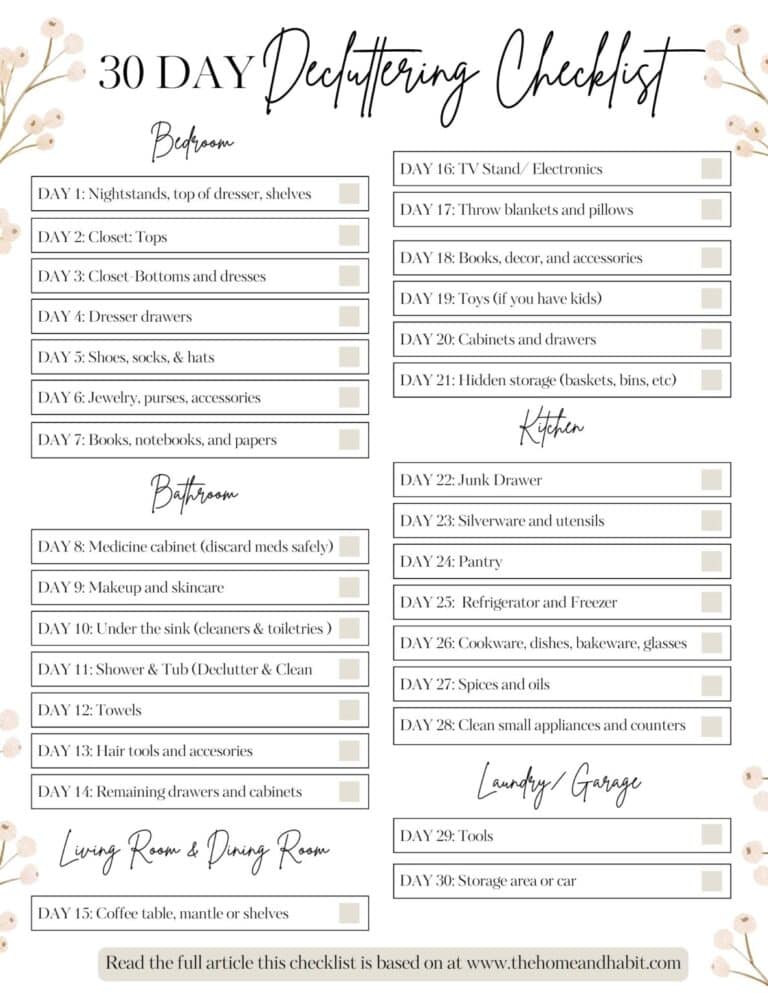
Join the List
Stay up to date & receive the latest posts in your inbox.